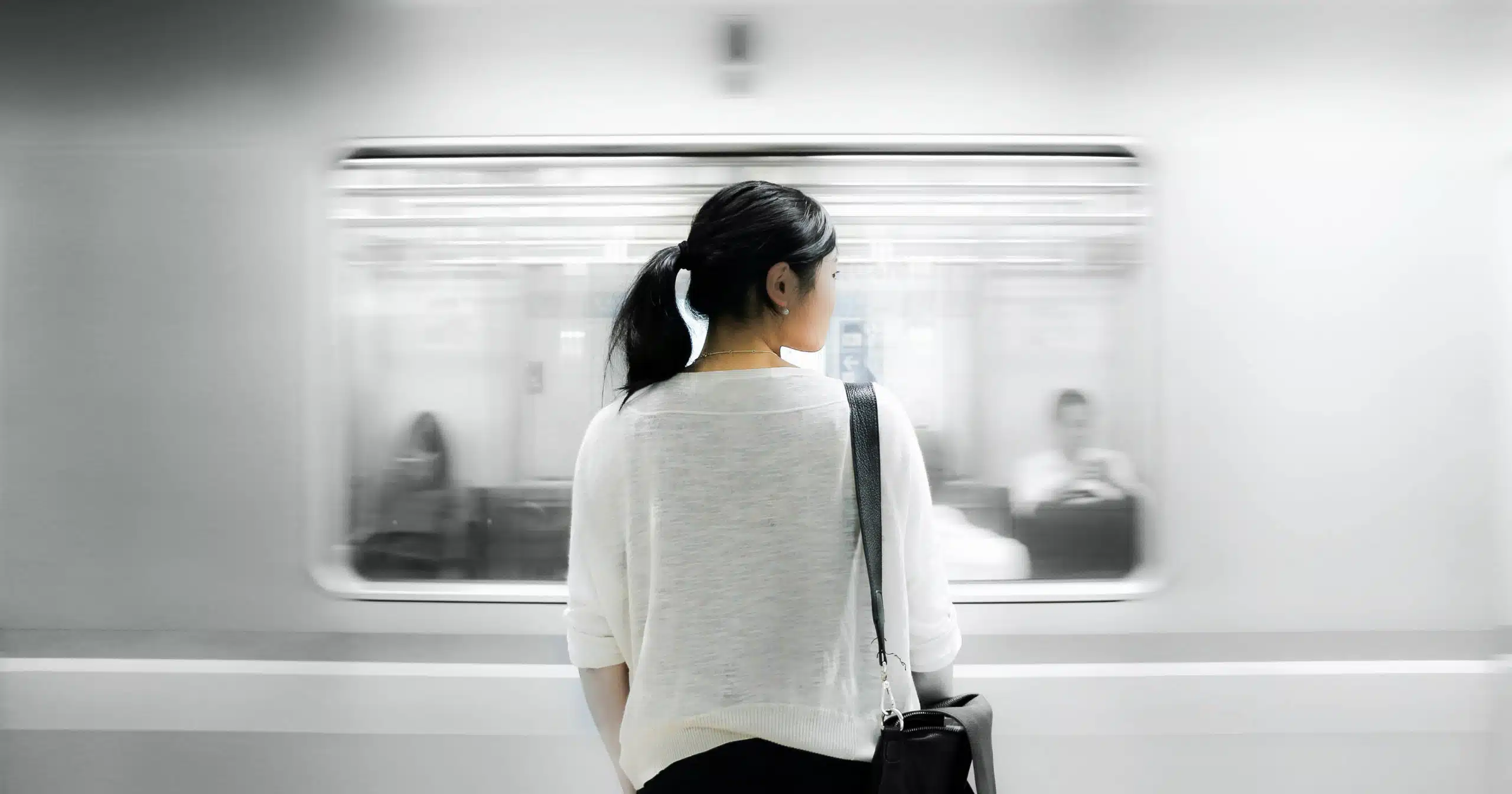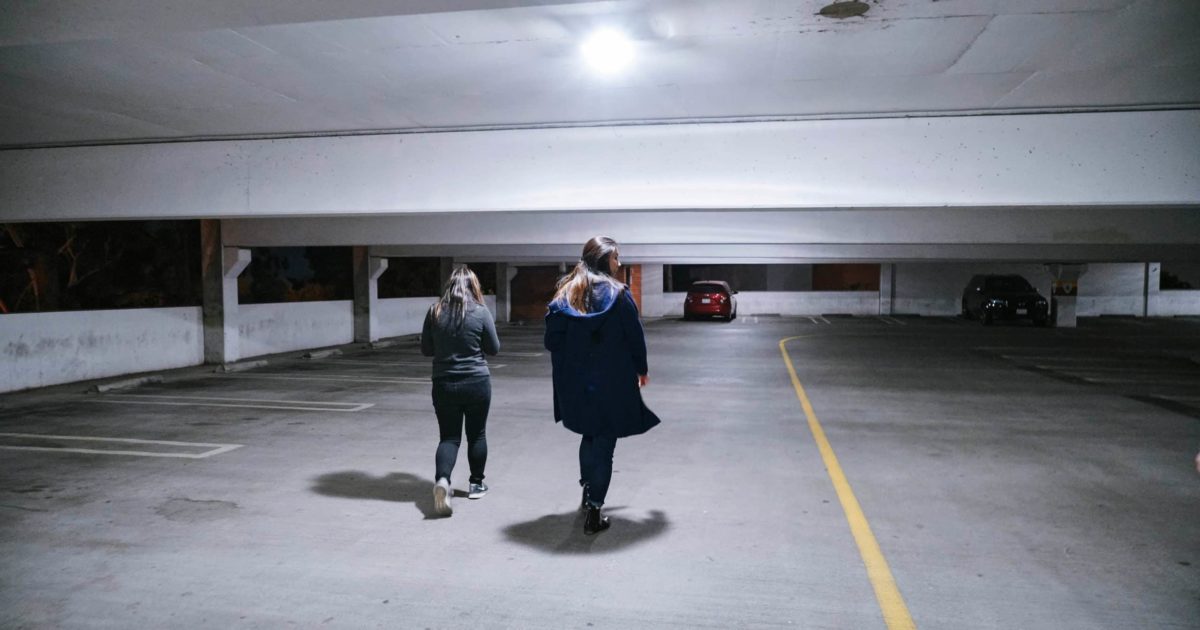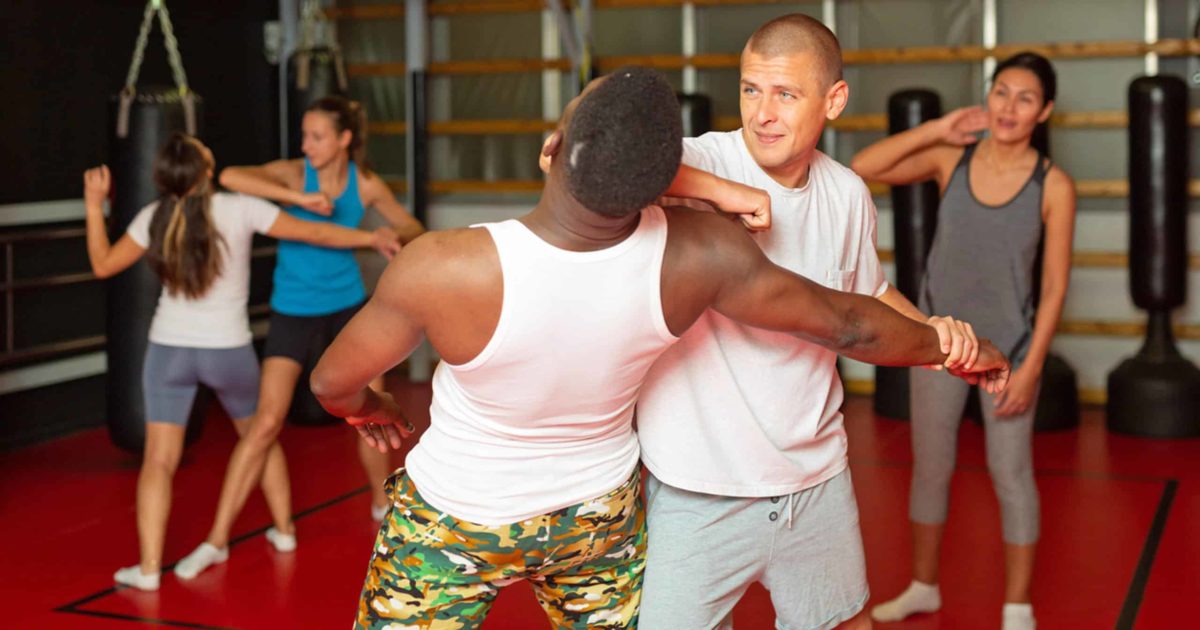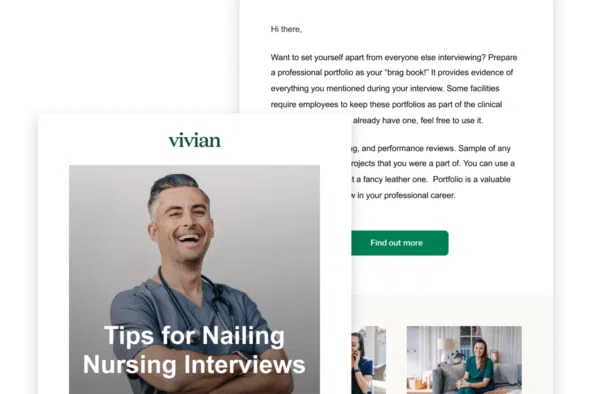Whether you’re traveling by yourself on a travel nursing assignment in another city or planning a solo vacation, knowing how to travel alone safely is vital. While you can never completely protect yourself from potentially becoming the victim of a crime, you can take steps to significantly reduce your risk.
How to Travel Alone Safely for Healthcare Professionals
Travel jobs for nurses and other healthcare professionals offer many benefits, from higher pay rates to the chance to explore new places and gain new skills by working in varied settings. However, being in an unfamiliar place where you don’t know anyone or know your way around can leave you vulnerable. Fortunately, there’s a lot you can do to protect yourself when traveling alone. Consider these 16 safety tips to increase your safety.
1. Research the Location Before You Go

Learning about a city before you leave home helps you feel more comfortable and will help you make informed decisions about where you go. Discover safer locations to visit by becoming familiar with the overall crime rates in the city. The table below outlines crime statistics for some popular travel nursing destinations and compares them to the national average of 366.7 crimes per 100,000 people. For simplicity, we rounded 366.7 up to 367.
The crime statistics below are sourced from the FBI, and they’re from 2019, the most recent year the FBI released detailed information by city. To calculate the crime rates per 100,000 people within a specific city, we divided the total crimes by the city’s population, then multiplied this number by 100,000. To arrive at the percentage difference in the last column, we compared each city’s crime rate to the national average and converted the difference to a percentage value.
| City | Number of Violent Crimes in 2019 | Crimes per 100,000 People | Crime Rate Compared to National Average |
| New York City | 47,821 | 571 | 56% higher |
| San Diego | 5,215 | 362 | 1% lower |
| Denver | 5,459 | 749 | 104% higher |
| Las Vegas | 8,854 | 531 | 45% higher |
| Miami | 2,850 | 593 | 62% higher |
| Tampa | 1,622 | 405 | 10% higher |
| Houston | 25,257 | 1072 | 192% higher |
| Dallas | 11,764 | 863 | 135% higher |
Source: Federal Bureau of Investigation
Keep in mind that crime statistics only tell part of the story of a city. No matter where you’re traveling, even relatively safe cities have areas that are less safe than others. Read news articles and police bulletins to learn where the safest and most dangerous places are within a city. If possible, talk to a local, such as the hiring manager at your travel healthcare job. Find out how safe the area is around the facility where you’ll be working, and look for accommodations in areas where crime is less common.
2. Read Ratings and Reviews Before Booking
Where you stay can impact your safety when lodging overnight in an unfamiliar city. Read online ratings and customer reviews for hotels, looking for mentions of safety issues like doors not locking correctly, thefts or vandalism in the parking lots. If you’re booking an apartment, a home or a room for longer stays through sites like Airbnb or VRBO, seek reviews of the host and a list of safety features. Repeated mentions of unsafe conditions or a lack of security should raise red flags for any type of accommodation.
3. Share Your Itinerary with Someone You Trust
Before you leave, provide a trusted friend or family member with the names and locations of the places you’ll be staying and working. Share information about your transportation plans and let them know when you’re arriving and leaving.
Create a check-in plan with the person you choose. While you don’t need to contact them daily, sending a text or calling every 2 to 3 days can be beneficial. Provide your check-in contact with instructions for what to do if they don’t hear from you on schedule. Give them the phone numbers for local law enforcement so they can notify them quickly.
Also, make that person your emergency contact when filling out paperwork at your travel job. This way, the facility or practice knows who to call if you become sick or injured while at work.
4. Be Aware of Your Surroundings

Stay alert anytime you’re walking, jogging or using public transportation. Walk with your head up, so you can see people approaching. Don’t drown out the sounds around you with music or a podcast. Wearing earbuds could leave you unaware that someone is approaching you.
When headed somewhere new on foot, look at the location on an app like Google Maps or Apple Maps before you leave. Plan your route and note landmarks you’ll pass along the way. If you’re staying at a hotel, consider asking the concierge or front desk clerk about the safest route to and from your lodgings.
5. Don’t Overshare on Social Media
It’s natural to want to share sights and experiences with your followers on social media, but oversharing while traveling alone could be dangerous. Don’t use check-in features on social media sites or share the name or photos of where you’re staying. If you want to post photos, do so when you’re safely back at your hotel or rental so that no one knows your exact location at a given time. As an extra safety measure, make your social media accounts private while on your trip and review any friend requests carefully before you accept.
6. Use Caution with Strangers

Oversharing doesn’t just happen on social media. Be wary of telling strangers too much information face-to-face. While you should feel free to strike up a conversation in the hotel elevator, on the subway or in the break room at your job, keep details about your accommodations and daily schedule private. Even with new coworkers, wait until you have developed trust before divulging too much personal information.
7. Blend in with the Crowd
Standing out as a tourist could put you at risk. Blend in with the crowd by keeping luggage in your room or car trunk. Avoid wearing expensive jewelry or shoes or carrying highly recognizable designer bags or other accessories. When you take cash out of your wallet, do so discreetly. Stick with clothing in muted colors to prevent drawing attention to yourself. You may also want to skip wearing or carrying anything identifying you as an out-of-towner, such as a T-shirt with the logo of your home city’s sports team or a sweatshirt that features the crest of a college.
8. Program Emergency Numbers in Your Phone
Being able to call for help quickly is critical during an emergency. Before you travel, learn how to use the Emergency SOS feature on your phone. You should also add numbers for the following people or providers to your contacts:
- Non-emergency number for the local police department
- Your employer
- Your host or hotel
- Your at-home check-in contact
- Your at-home doctor
- American Association of Poison Control Centers (800) 222-1222
- Auto insurance claims number (if you’re driving)
- Rental car company number (as needed)
- Taxi service in your destination city
- Closest U.S. embassy or consulate (if you’re out of the country)
As an extra precaution, write down these phone numbers and keep them in a safe place in your room or rental in case your phone becomes lost or stolen.
9. Use Rideshare Safely
Rideshare apps like Uber and Lyft help you get where you need to go. Whether at home or away, stay safe while ridesharing by:
- Scheduling your Uber or Lyft before you need to leave to avoid waiting around outside.
- Matching the license plate, car make and model and driver photo with the information in the app.
- Asking the driver, “Who are you here to pick up?” before getting in the vehicle.
- Riding in the backseat, if possible, and wearing your seat belt.
- Ensuring the child safety lock is off as you open the car door.
- Sharing your trip status with your contact check-in when you begin your route.
10. Employ the Buddy System

When heading to a parking garage or subway station at the end of your shift, find a coworker to walk with you. Some hospitals provide security escorts for those leaving work late at night. Take advantage of the service if offered. Otherwise, find someone trustworthy who’s willing to walk with you.
11. Copy Your Wallet Contents
Before you leave home, make photocopies of the fronts and backs of your driver’s license and all bank and credit cards you intend to bring with you. Store the photocopies in a safe place like the hotel room safe. If you get mugged, you can use this information to cancel your cards quickly.
12. Take a Self-Defense Course Before You Go

Taking a self-defense course could help you fend off an attacker and allow you to feel more confident when traveling alone. Often, self-defense courses cover more than just ways to disarm or get free from an attacker. Instructors may also teach you self-defense moves for various situations.
When you travel alone as a woman, additional personal protection tips can help make you more adept at defending yourself. However, both sexes should be aware of their surroundings and able to defend themselves. According to the Bureau of Justice Statistics, men experienced slightly higher victimization rates than women for all types of violent crime except rape or other sexual assault in 2021.
Some places to look for self-defense courses include:
- YWCAs and YMCAs
- Community centers
- Adult education centers
- Martial arts training schools
- Community colleges
- Gyms and fitness centers
13. Drink in Moderation
If you plan to enjoy the nightlife in your destination city, limit yourself to one or two drinks. Alcohol can lower your reaction time and cloud your judgment, putting you at risk. Also, keep a close eye on your drink. Never leave your beverage unattended where someone could slip something into it. Also, only accept drinks handed to you by a bartender or server who works for the establishment. When in doubt, pour it out.
14. Consider Personal Safety Devices
Personal safety devices are no substitute for staying aware of your surroundings and taking other precautions while traveling. But they could help you get out of a dangerous situation. Some devices to consider include:
- Pepper spray or mace
- Personal alarms hidden in jewelry or attached to a keychain
- Whistle
- Stun gun
- Portable door lock
However, if you plan to carry pepper spray, a stun gun or any item potentially classified as a weapon, check local laws to ensure it’s not illegal for you to have it. Some items may require a permit, not be permitted in certain places such as hospitals or schools or be banned altogether.
Read the use instructions before your trip and commit them to memory, so you’re comfortable handling the device. Practice carrying and using whistles, personal alarms and portable door locks. If you’re carrying pepper spray or a stun gun, take a class to ensure you can use the device properly in an emergency.
15. Get Roadside Assistance If You Intend to Drive
If you plan to drive, sign up for roadside assistance. For your personal vehicle, look for a plan that covers you at home and at your destination to get the most out of your investment. If you intend to rent a car, see if the rental company offers roadside assistance for an additional fee. If not, double-check that any plan you subscribe to covers rentals. Some auto insurance companies provide complimentary roadside assistance but may only offer it for vehicles you own.
16. Trust Your Gut
Above all, trust your gut when traveling alone. If something feels unsafe or a person seems suspicious, go with your instincts, and don’t hesitate to dial 911 if you believe you’re in danger. The embarrassment you might feel over an unwarranted call to the police is much better than finding yourself in a dangerous situation without the help that was only a phone call away.









